Carrying separate devices for ECG, blood pressure, oxygen saturation, respiratory rate, and body temperature can slow down care and clutter the workflow. This is where the role of a smart, compact vital signs monitor becomes essential.
The Vitalleads Smart Vital Signs Monitor is designed precisely for such field situations. It is a TGA-certified medical device that provides portable, real-time, continuous, and remote monitoring of five key vital signs. View and record ECG, blood pressure, respiratory rate, heart rate, and temperature live on a smartphone or laptop — all from one sleek device.
For paramedics, mobile care teams, and ambulance crews across Australia and New Zealand, this all-in-one patient monitor enhances both speed and accuracy during triage and transport. Let’s explore how this innovation supports smarter, faster emergency care — and how solutions like Raksha Ambulance motorcycles in India can serve as a model for the ANZ region.
The Challenge: Monitoring Multiple Vitals in the Field
- A separate blood pressure cuff
- Pulse oximeter
- Thermometer
- ECG monitor
- Manual documentation tools
Why a Compact, Smart Vital Signs Monitor Matters
- ECG with real-time waveform visualisation
- Non-invasive blood pressure (NIBP)
- Oxygen saturation (SpO2)
- Respiratory rate
- Core body temperature
Real-World Example: Raksha Motorcycle Ambulance
Raksha Motorcycle Ambulance is used for faster triage in India. Raksha Motorcycle Ambulance in India is used for emergency response in rural areas.

Key Benefits for First Responders using Vital Signs Monitor
- Speed – Immediate multi-vital capture on a single device reduces assessment time.
- Accuracy – Fewer manual recordings, better tracking of patient stability.
- Mobility – Lightweight and compact design ideal for small vehicles, helicopters, or on-foot responders.
- Connectivity – Real-time data streaming to hospitals or supervising clinicians via a mobile network.
- Documentation – Automated logs and cloud storage reduce paperwork and facilitate seamless clinical handovers.
Remote Patient Monitoring for Emergency Teams
According to a study published by the National Library of Medicine, remote vital signs monitoring in pre-hospital settings significantly improves triage effectiveness and reduces time-to-treatment.
Adapting the Model for ANZ Emergency Care
The Australian Digital Health Strategy outlines the national goal of enabling real-time, connected care through the use of digital tools.
Conclusion: Smarter Response, Better Outcomes
By learning from innovative deployments, such as Raksha in India, and adapting them for the ANZ region, emergency services can ensure that care begins the moment responders arrive. It’s not just about speed — it’s about smarter care from the very first contact.




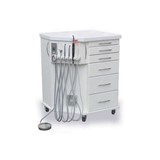

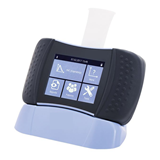

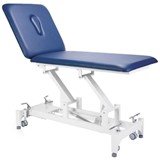

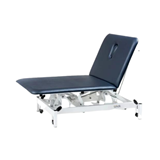



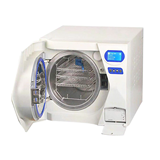





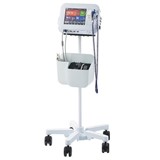


%20(1)-160x160-state_article-rel-cat.png)



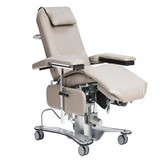
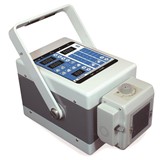

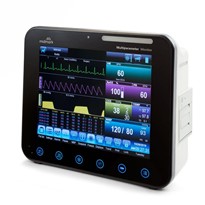
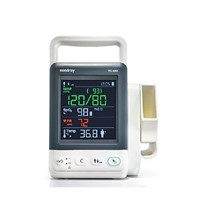


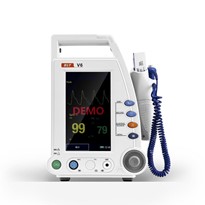


(560%C3%97450px)-205x205.jpg)



-205x205.jpg)